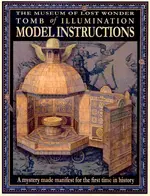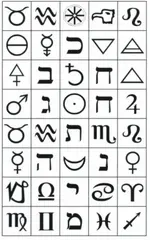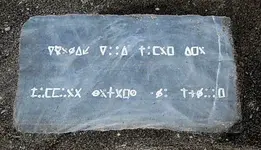Robot
Bronze Member
- #201
Thread Owner
Could “Oak Island” become the “Last Great Indian Battle?”
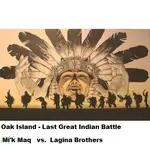
With the “rumor” of First Nation’s artifacts having been discovered on Oak Island, could a battle over archaeological rights be arising between The First Nations, the Government of Canada and the new American Settlers (Lagina Brothers)?
Canadian First Nations are quite different from other North American Indians.
There was little hostility with the Indians of Canada towards arriving new settlers, unlike what took place south of the border.
It was not that the Huron, Cree, Blood or other tribes were more docile than their southern neighbors, but it was because they had something their counterparts did not.
It is stated that the American Indians sold Manhattan Island for beads, but the Canadian Indians sold theirs for a piece of paper!
This piece of paper upheld within Canada by Britain, was a legal document to the land.
It is called: The Royal Proclamation of 1763
• This document proclaimed that newcomers could not settle the land until the Crown had acquired it from the First Nations who occupied the territories
In Canada it has become a “feared document” in our legal system, giving control of territory back to the First Nations, inhibiting oil exploration, mining, settlement, without first negotiations involving them.
Proof of archaeological artifacts found have now enabled claims to “Traditional Territories”.
Just this last year vast amounts of territory was returned to First Nations by our court system, with many more claims in the works.
This has created a Government concerned with appeasement towards First Nation’s issues and requests.
These claims have taken precedent over Crown Land, Leased Land, Private Property and “Treasure Trove Licenses”.
My personal property was affected when I tried to apply for a building permit for an addition I had added to my car port.
I was refused and was quoted: “Also, upon conducting a zoning check it was noticed that your property has a known archaeological site. This means prior to issuance of a building permit Archaeological Branch of BC approval is required. I recommend contacting the branch at 250-953-3334 to see how to proceed next.”
This Archaeological Restriction pertained to a 1980 survey conducted by the University of BC to have an Archaeologist map out the lakes of BC and predict where native Indians may have camped.
It was presumed by the slope of my property to the lake that this would have been a likely spot for Indians to have once camped and built a “cache” (a type of root cellar to store fish, game, or tools).
This proclamation prevents me from digging, metal detecting or building within a 50 foot radius from that spot on my property.
Once claimed the responsibility and cost falls on me to disprove.
Oak Island with its proximity to the coast would have been a haven for deer and game trying to avoid predators to have swum to.
It could be presumed on Oak Island that Indians would have built camps to have easy access to this game
If it is true that the Lagina brothers have found native artifacts proving “Traditional Native Grounds and Archaeology History” then legal restrictions may follow.
It is “Ironic” that my theory states that the Oak Island Money Pit was started and built in 1762 by men who wished to succeed from the tyranny of King George III, the same king (Crazy George) who issued the Royal Proclamation of 1763.
The man who may now be responsible for this treasure never being found!


With the “rumor” of First Nation’s artifacts having been discovered on Oak Island, could a battle over archaeological rights be arising between The First Nations, the Government of Canada and the new American Settlers (Lagina Brothers)?
Canadian First Nations are quite different from other North American Indians.
There was little hostility with the Indians of Canada towards arriving new settlers, unlike what took place south of the border.
It was not that the Huron, Cree, Blood or other tribes were more docile than their southern neighbors, but it was because they had something their counterparts did not.
It is stated that the American Indians sold Manhattan Island for beads, but the Canadian Indians sold theirs for a piece of paper!
This piece of paper upheld within Canada by Britain, was a legal document to the land.
It is called: The Royal Proclamation of 1763
• This document proclaimed that newcomers could not settle the land until the Crown had acquired it from the First Nations who occupied the territories
In Canada it has become a “feared document” in our legal system, giving control of territory back to the First Nations, inhibiting oil exploration, mining, settlement, without first negotiations involving them.
Proof of archaeological artifacts found have now enabled claims to “Traditional Territories”.
Just this last year vast amounts of territory was returned to First Nations by our court system, with many more claims in the works.
This has created a Government concerned with appeasement towards First Nation’s issues and requests.
These claims have taken precedent over Crown Land, Leased Land, Private Property and “Treasure Trove Licenses”.
My personal property was affected when I tried to apply for a building permit for an addition I had added to my car port.
I was refused and was quoted: “Also, upon conducting a zoning check it was noticed that your property has a known archaeological site. This means prior to issuance of a building permit Archaeological Branch of BC approval is required. I recommend contacting the branch at 250-953-3334 to see how to proceed next.”
This Archaeological Restriction pertained to a 1980 survey conducted by the University of BC to have an Archaeologist map out the lakes of BC and predict where native Indians may have camped.
It was presumed by the slope of my property to the lake that this would have been a likely spot for Indians to have once camped and built a “cache” (a type of root cellar to store fish, game, or tools).
This proclamation prevents me from digging, metal detecting or building within a 50 foot radius from that spot on my property.
Once claimed the responsibility and cost falls on me to disprove.
Oak Island with its proximity to the coast would have been a haven for deer and game trying to avoid predators to have swum to.
It could be presumed on Oak Island that Indians would have built camps to have easy access to this game
If it is true that the Lagina brothers have found native artifacts proving “Traditional Native Grounds and Archaeology History” then legal restrictions may follow.
It is “Ironic” that my theory states that the Oak Island Money Pit was started and built in 1762 by men who wished to succeed from the tyranny of King George III, the same king (Crazy George) who issued the Royal Proclamation of 1763.
The man who may now be responsible for this treasure never being found!





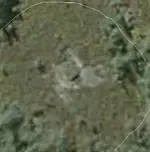
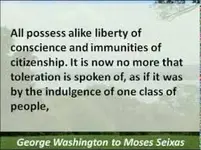
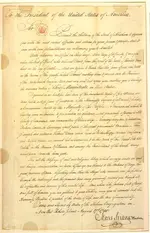

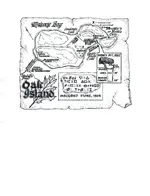
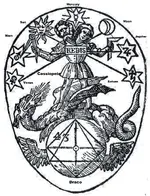

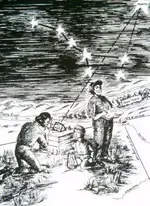
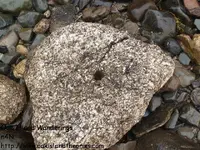
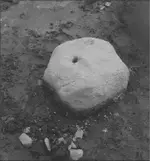
 Based on the fact that The Impossible Walk of David Ingram and his disappearing men, who reappear as the pirates who made the Sable Island their parking lot for scuttled ships? We all know these efforts were the reasons for the Spanish Armada invading England.
Based on the fact that The Impossible Walk of David Ingram and his disappearing men, who reappear as the pirates who made the Sable Island their parking lot for scuttled ships? We all know these efforts were the reasons for the Spanish Armada invading England.


